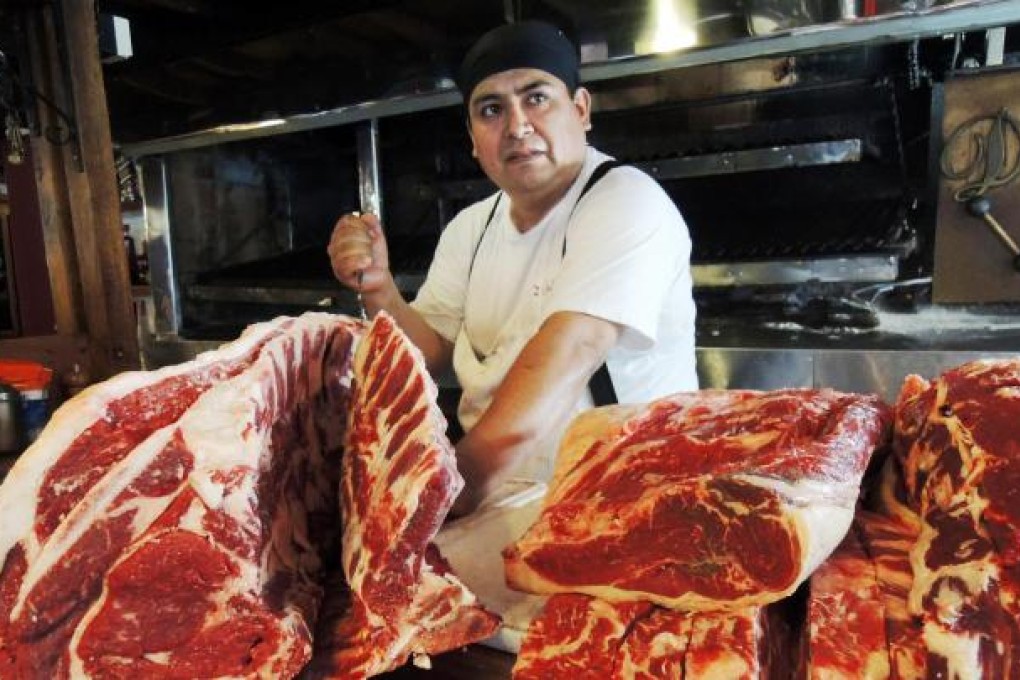Healthy Gourmet: Upper cuts
Argentineans consume an average of 60 kilograms of beef per year; it's an important part of their identity.

An important principle of health is to respect the cultural and emotional connections one has to different foods. Argentina is a meat-lover's paradise. Argentineans consume an average of 60 kilograms of beef per year; it's an important part of their identity.
Pablo Rivero is the owner of Don Julio, one of the best , or steak houses, in Buenos Aires. I spent three days with him recently, learning his secrets. Rivero says meat is a family tradition: his grandfather owned a 25-hectare farmhouse along the Parana river with 500 cattle, all grass-fed.
What the animals eat and how much space they have are vital for tasty beef. "If you don't feed the cattle grass, you break the natural chain, which ultimately translates into the flavour and aroma of the meat. It's like cold-pressing olive oil compared to using industrial methods," says Rivero.
Some cattle are fattened up in large grain feeding operations called feedlots, which decreases costs and allows farmers to produce meat more quickly. Grass-fed cattle are leaner than feedlot, with lower fat content and fewer calories. Meat from grass-fed cattle also has higher levels of conjugated linoleic acid, said to help with long-term weight management and health, and omega-3 fatty acids, which benefit the heart.
If you don't feed the cattle grass, you break the natural chain, which translates into the flavour and aroma
"Meat is the best protein we have. It is a primal food," says Rivero. Scientific studies are contradictory about whether eating meat is healthy or not. Those in favour say that meat reduces blood pressure, is high in calcium, vitamin D, protein and vitamin B12, and that the connection between animal protein consumption and cancer has not been established.
